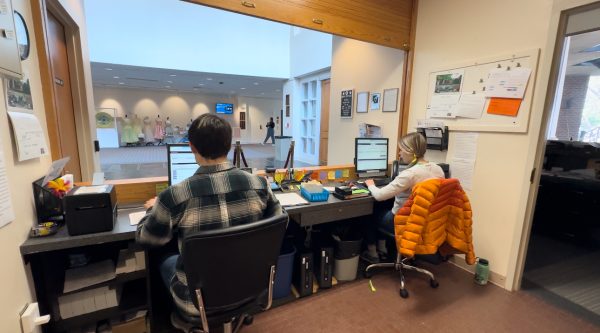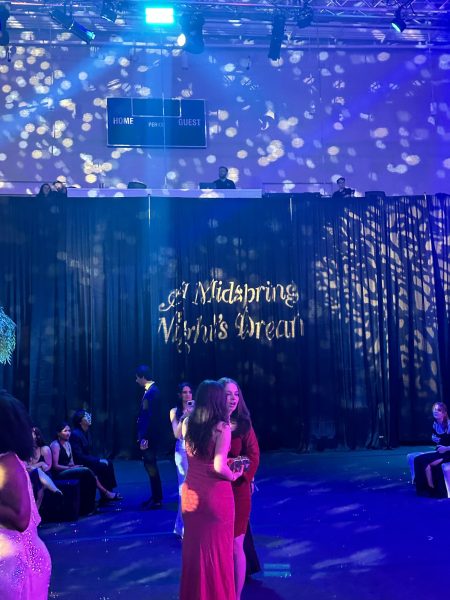100 years of women’s suffrage in America
“A Yellow Rose Project” invites artists to reflect on the centennial of the 19th Amendment
October 26, 2021
“A Yellow Rose Project” is on display in Staniar Gallery from Oct. 3-Nov. 4 with an art lecture and reception in Wilson Hall on Oct. 26.
Co-curators Meg Griffiths and Frances Jakubek invited over 100 women across the United States to express contemporary perspectives on the centennial of the 19th Amendment’s ratification to gain a deeper understanding of American history.
The Staniar exhibit at Washington and Lee features a selection of the project’s photographs, and the full collection can be found at https://ayellowroseproject.com/.
The Yellow Rose Project gets its name from the yellow roses worn by women in Tennessee as a symbol of the movement for equal representation as they waited to hear the results of the vote to allow women a voice in government.
Griffiths, assistant professor of photography at Texas Woman’s University, was originally inspired to create this project when she first started teaching at the university.
Griffiths met Jakubek, director of exhibitions and operations at Bruce Silverstein Gallery, at a photography gathering in 2019.
The two women instantly decided that a large-scale project about women and the vote would be meaningful and fitting for the 19th Amendment’s centennial on Aug. 26, 2020.
“The truncated histories we are taught in school do not cover the struggle, pain and adversity endured through this fight for the vote,” writes Jakubek.
The curators want viewers to remember that the 19th Amendment did not secure the right to vote for all American women and that even now, there are American women who are not able to vote, such as in the case for citizens who have lost the right to vote due to incarceration.
Sara Bennet, photographer and former public defender, submitted five photographs to the project titled “Portraits of Women Serving Life Sentences.” Her portrait “Assia, 35, in the storeroom for baby clothes at Bedford Hills Correctional Facility” hangs on the wall outside of Staniar Gallery.
“All of the women in these photos have lost the right to vote,” writes Bennet. “On the centennial of the 19th Amendment, I wanted viewers to remember that despite all the struggles and gains, a huge portion of the population is still disenfranchised.”
Artists were given freedom to answer the prompt of a reflection on the 19th Amendment in any way they deemed fit, so there is a broad range in subjects, styles and mediums on show.
Portraits hang next to black out poetry or embroidery or a collection of cyanotype suffrage buttons that visitors to Staniar are encouraged to take.
This diversity in the work produced by the participants is key to the project.
“In order to have a rich and thoughtful response to this anniversary, which is not an anniversary for all to celebrate, we wanted to invite a diverse group of women whose perspectives would not be the same,” writes Griffith.
Naila Rahman, ’24, an international student from Bangladesh, said she was able to connect to the photographs despite not being directly affected by the 19th Amendment.
“My favorite photograph [from the project] is the interlocked hands from Jeanine Michna-Bales’ ‘Standing Together,’” Rahman said. “Too often, the sociocultural narrative is of women being pitted against each other. This destroys a woman’s self-esteem, constantly making her feel less than. Looking at this picture paves the way to break out of this circle and reminds me how when we, as women, unite, there’s no limit to what we can accomplish.”












